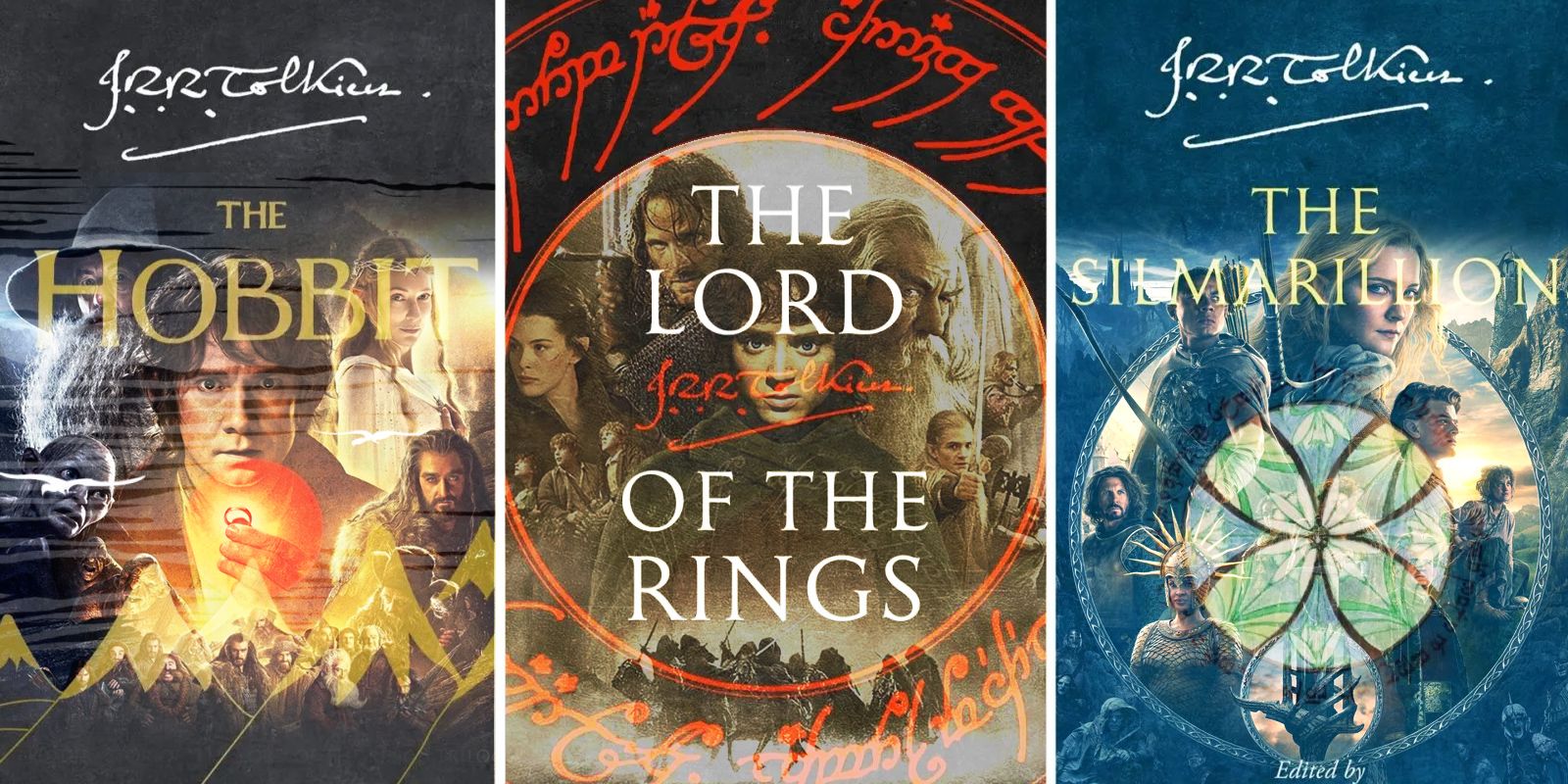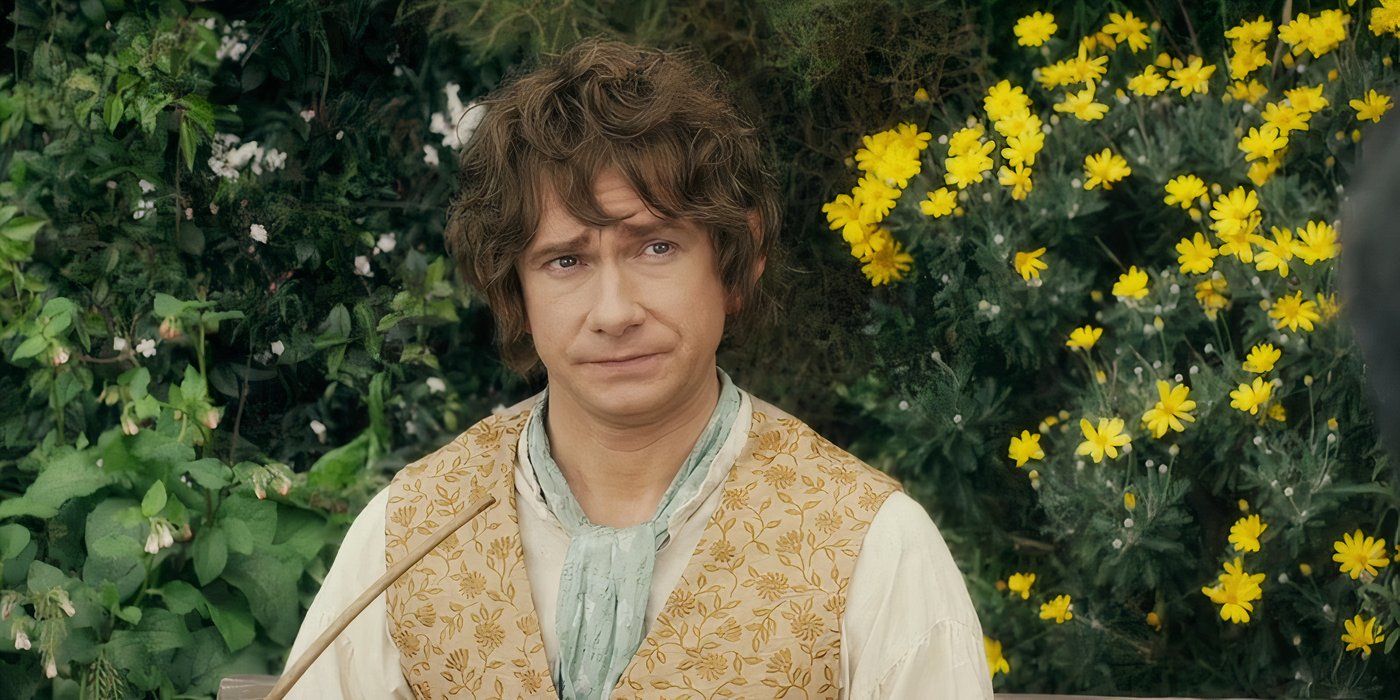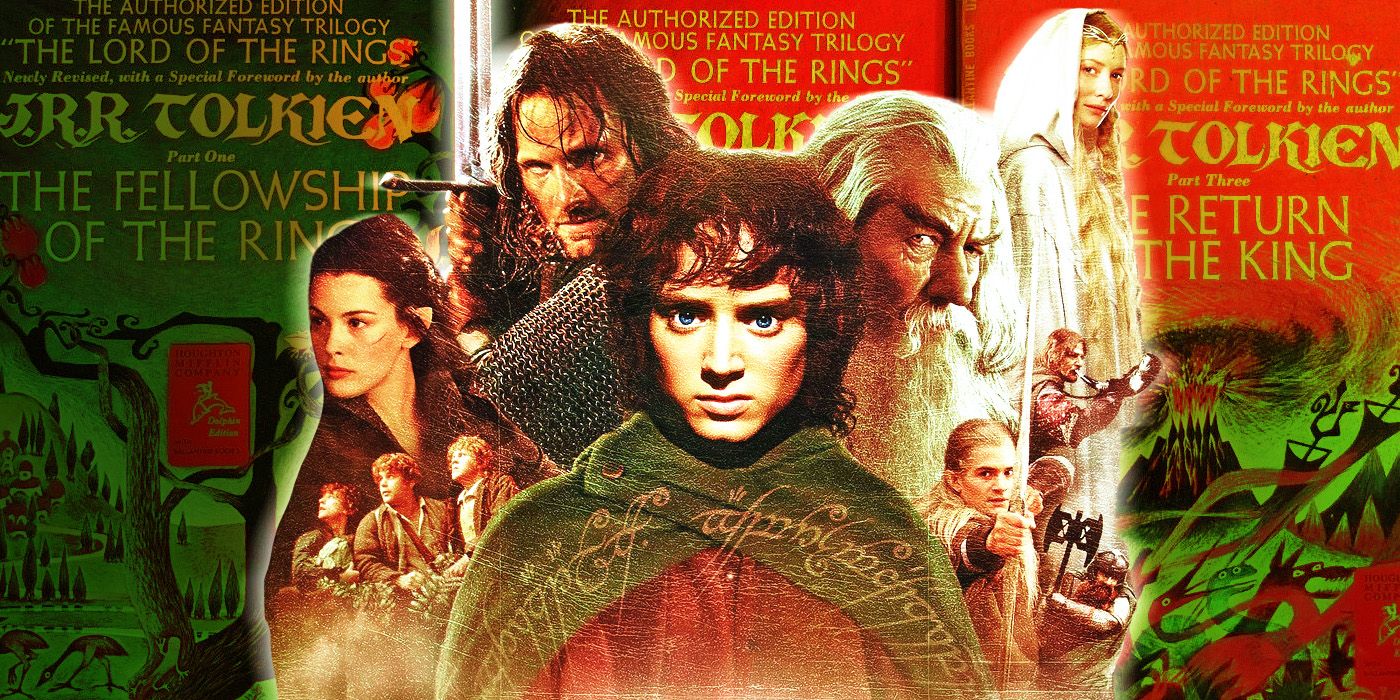
Since Peter Jackson released his adaptations of The Lord of the Rings into cinemas, the works of J.R.R. Tolkien have reached more mainstream audiences. In fact, it’s entirely possible in the present day to have fans who are totally unfamiliar with the books themselves. While Tolkien’s works have universal themes of friendship, loyalty, and love, his prose might be seen as relatively inaccessible to less voracious readers. As a linguistic scholar, Tolkien’s writings are often weighty and verbose, a potential deterrent for those who came to his stories via Jackson’s action-packed movies in the early 2000s or even in the present day. But for anyone looking to take the leap into tackling The Lord of the Rings in book form, a great place to start is at the beginning.
Tolkien’s eventual epic did not begin a planned saga with a Hobbit as its central character. It all began with a simple children’s adventure story in The Hobbit. And what grew from there would become a sprawling world in which Tolkien would pour his passion and literary aptitude for generations to enjoy long after his passing.
J.R.R. Tolkien’s First Edition of The Hobbit Had Little to Do with The Lord of the Rings
Potentially Tolkien’s most well-known original creature in his Lord of the Rings mythos is that of a Hobbit. And that’s exactly where anyone looking to tackle Tolkien from beginning to end should start. The Hobbit was first published in 1937 by Tolkien and, in its first edition, only had faint echoes of what would become The Lord of the Rings saga. The book is about Bilbo Baggins, a small and quiet creature called a Hobbit who lives a relatively uneventful life in a bucolic and somewhat hidden land known as The Shire. The narrative is set in a land called Middle-earth and involves a wizard named Gandalf and a cadre of 13 Dwarves. Much of this will sound familiar to anyone who has seen Jackson’s series of The Hobbit films (2012-2014).

The Hobbit is the perfect place for any neophyte to Tolkien to start since it’s an incredibly simple read. Unlike Jackson’s convoluted movie versions, which add complicated themes to a relatively simple narrative, The Hobbit is an episodic adventure that maintains a lightheartedness throughout. Unlike the hefty tome of The Lord of the Rings, most editions of The Hobbit clock in at roughly 300 pages. When it was first published, it was lauded by such literary luminaries as C.S. Lewis (a personal friend of Tolkien) and W.H. Auden. Indeed, Auden heralded it as “one of the best children’s stories of this century.” The Hobbit would also receive the honor of being nominated for a Carnegie Medal and earn a prize for best juvenile fiction from the New York Herald Tribune.
Anyone coming to The Hobbit text for the first time might be surprised to hear that the first edition did not remain unaltered by Tolkien after its initial publication. Publishers were so excited about the success of Tolkien’s book that they asked him to write more. What eventually resulted was The Lord of the Rings, which has obvious ties to Bilbo’s adventure to The Lonely Mountain and his discovery of his magical ring. The said ring would be transformed by Tolkien to become the famed One Ring of his intrepid trilogy. Tolkien had to retroactively reassess some of the scenes in The Hobbit — the chapter Riddles in the Dark was reworked so it made more sense in context with Lord of the Rings. And key moments between Bilbo and the creature Gollum were altered.
Bilbo gains the One Ring through a game with Gollum, also known as Sméagol. Although Bilbo finds the ring on the ground in the maze of caves in which Gollum lives in the mountains, he places it in his pocket and engages in a game of riddles with Gollum for his life. In the first edition of The Hobbit, the exchange between Bilbo and Gollum and ends peacefully and the two part ways unencumbered by conflict. In Tolkien’s updated version, Gollum realizes his loss and curses Bilbo, but is unable to find him to retaliate. By this point, Bilbo has learned how to use the ring to avoid Gollum. And so, the link between The Hobbit and The Lord of the Rings was established.
J.R.R. Tolkien Wanted to Publish The Lord of the Rings in a Single Volume

After reading The Hobbit, the next logical step to take is to read The Lord of the Rings. There are three books in the series. In order, they read: The Fellowship of the Ring, The Two Towers, and The Return of the King. These books are available from countless retailers as either separate volumes or a single novel. The latter being Tolkien’s partial original intention. Fans of Jackson’s film series will know from the behind-the-scenes DVD appendices that Tolkien originally wanted to publish The Lord of the Rings in a single volume. However, Tolkien’s publishers objected to this proposal.
The Lord of the Rings U.K. Publication Dates
The Lord of the Rings: The Fellowship of the Ring • July 19, 1954
The Lord of the Rings: The Two Towers • November 11, 1954
The Lord of the Rings: The Return of the King • October 20, 1955
At the time of publication, Tolkien campaigned hard for another option to release his extended works into the world. He had the idea of publishing a duology. The Lord of the Rings and The Silmarillion would be released in tandem. But his publishers remained unconvinced. Scholar Pat Reynolds wrote of Tolkien’s aims, “publisher, Stanley Unwin, was not convinced by the idea of publishing The Silmarillion, and wanted to publish just The Lord of the Rings . . . Unwin decided that three volumes was the best number: an economic, not a literary decision.” Tolkien’s publishers were, in fact, the ones who came up with the titles for each book — Tolkien famously objected to the title The Return of the King as he felt it was a bit too much of a spoiler.
Much of Tolkien’s text was altered for Jackson’s films, but the heart of the story still remains. Tolkien’s own son, Christopher Tolkien, was not a huge fan of the movie adaptations upon their release. He considered them to be an overblown version of his father’s life’s work. Still, Tolkien’s grandson, Simon Tolkien, remained supportive of Jackson and currently serves as a consultant on Amazon’s The Lord of the Rings: The Rings of Power. Tolkien himself sold the rights to The Lord of the Rings in his own lifetime, opening up the possibility for anyone who is willing to adapt his trilogy. Still, Jackson’s is considered the penultimate on-screen version of the books by many.
The Silmarillion and Other Supplemental Material Was Published After Tolkien’s Death

Although Tolkien’s original plan was to publish more of the history of Middle-earth in his lifetime, he did not live to see most of it done. Tolkien died at the age of 81 on September 2, 1973, from a bleeding ulcer and chest infection. Christopher Tolkien took on the mantle of editing a great deal of his father’s remaining drafts and notes for publication. For readers who have made their way through The Hobbit and The Lord of the Rings — The Silmarillion would be the next logical step. Readers should be aware it does not read as a straightforward narrative as the previous texts. The younger Tolkien had to do a great deal of editing when it came to choosing which versions of certain stories to include in compiling the text itself.
The first edition of The Silmarillion was published in 1977, four years after the death of J.R.R. Tolkien.
Rings of Power states in its opening credits that it’s based on The Lord of the Rings and The Silmarillion. As with most adaptations, creative license is employed with characters and timelines in Middle-earth’s Second Age as depicted in the series. Still, it’s one of the more ambitious feats of modern media and tackles one of the more complex texts of Tolkien. Readers should also consider other posthumously published works such as Unfinished Tales of Numenor and Middle-earth and The Adventures of Tom Bombadil and Other Verses from the Red Book if they’re truly looking to expand their knowledge of Tolkien’s universe that explores characters like Isildur more deeply. No matter where one chooses to start, it’s a rewarding road to begin down when picking up a book by fantasy’s master wordsmith, J.R.R. Tolkien.


